Sauron’s Ring
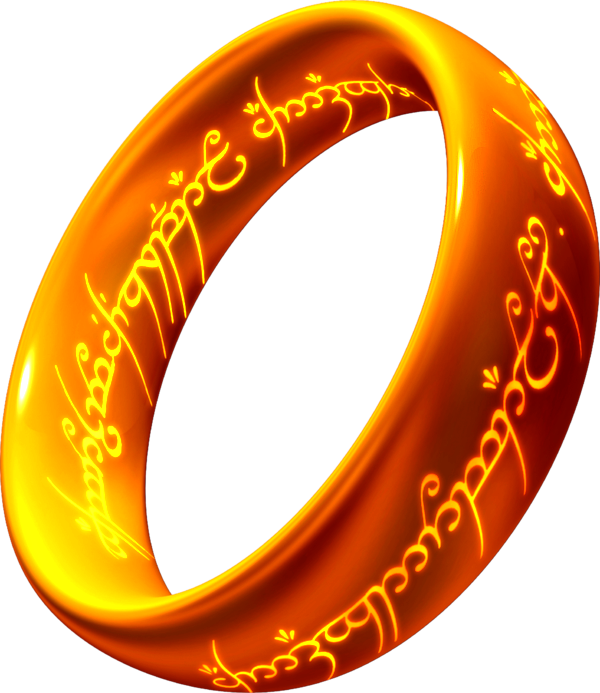
Introduction
The most famous magical ring in the past century is without a doubt a fictional one; Sauron’s ring in Tolkien’s popular Middle Earth series, starting with The Hobbit, and then The Lord of the Rings trilogy. If you haven’t read the books you’ve probably seen the movies, or at least the trailers.
Tolkien based this artifact and plot device on several legends of magical rings from different cultures, but there is some circumstantial evidence that a hitherto undiscovered influence comes from the canon of Scholastic Image Magic which Tolkien would have been familiar with; directly or indirectly, through close colleagues.
It has been an ambition of mine to create a series of rings using the formula that probably inspired Tolkien, and this is the first of a sequence of blog entries which will cover my creation of two sets of rings of this type and a third which is closely related and was created along with the second and arguably superior election.
One Ring To Rule Them All
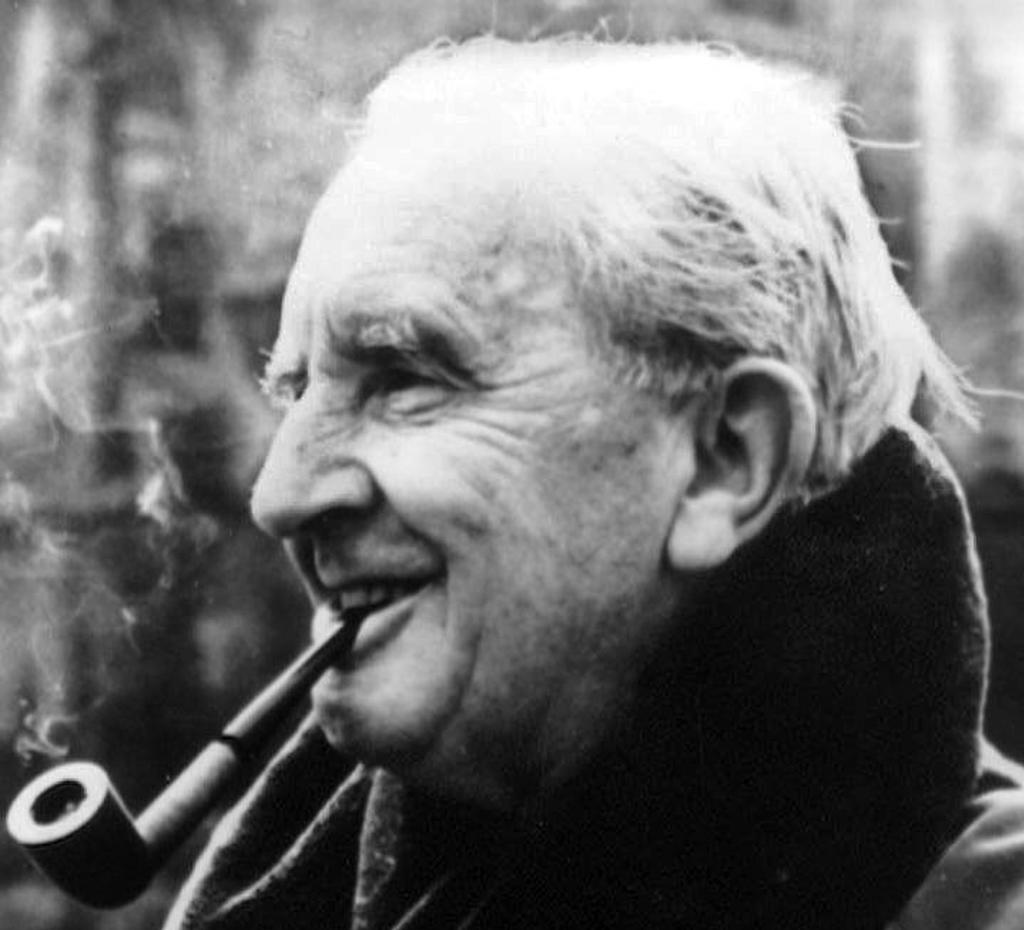
Tolkien’s notion of The One Ring and similar magical artifacts evolved over time, so that Gollum’s lost “precious” ring of invisibility is portrayed differently than in The Lord of the Rings trilogy. It evolved from a simple ring of invisibility to an intelligent shapeshifting talismanic repository of the spirit of the dark lord Sauron; capable of making the wearer mighty and swaying nations, extending life in a variety of unnatural manners, and revealing a shadow plane where monsters dwelt. It also had the power to command the wearers of lesser rings whose manufacture Sauron had perverted, most memorably those which belonged to the nine Nazgûl, or Ringwraiths. It is clear that he drew from numerous mythic and fictional sources for its powers and origins, two of which deserve some special attention.
Antecedents to Tolkien’s Ring
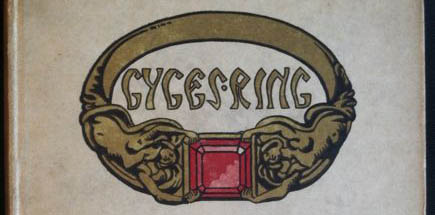
The nigh-archetypical ring of invisibility appears in Plato’s Republic, where the story of an ancestor of Gyges, a Lydian shepherd, is recounted. In the midst of a discussion about justice and incentives, Plato’s brother Glaucon tells a story of how in the absence of accountability both normally good and bad people would choose to behave unjustly. While tending his flock, the anonymous shepherd discovered a tomb in a mountainside after a violent thunderstorm had opened a chasm. In it he found a bronze sarcophagus in the shape of a horse, which when opened revealed a body of a giant with a golden ring on its finger. He took the ring as a prize, and later discovered that when he turned the collet towards his palm he became unseen, and when facing it outward he became visible again. In short order, he exploited this power to seduce the queen and usurp the king and establish a great dynasty of his own. In this story we see for the first time a ring that endows invisibility and rulership; however, the rulership here is described as an unfolding of the abuse of the ring’s power rather than a power in and of itself. The ring has some kind of signet or gem, unlike Sauron’s ring.
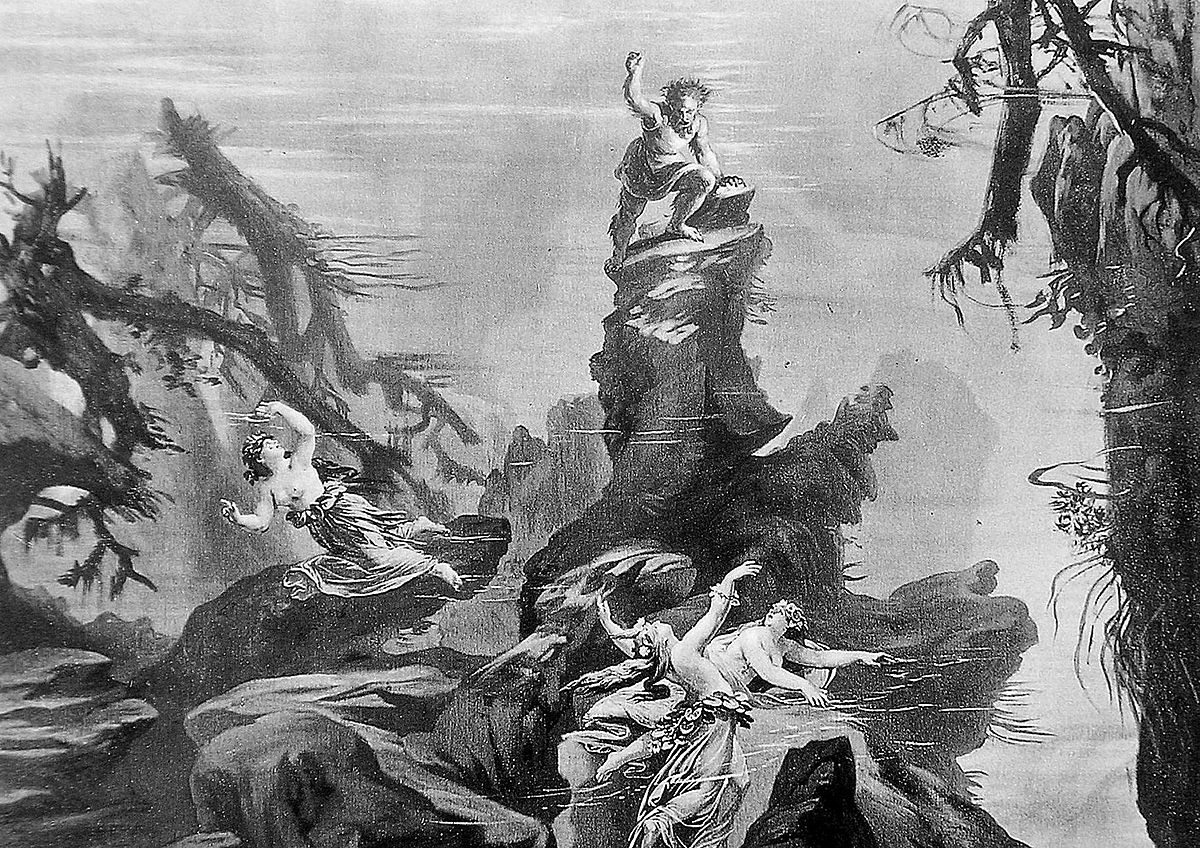
Another obvious influence comes from Wagner’s Der Ring des Nibelungen. In this cycle of music dramas, a villainous dwarf named Alberich steals gold from the Rhine maidens and crafts it into a magic ring with the power to rule the world. Gods, giants and heroes fight over the possession of the ring for the rest of the story leading to epic tragedies, until escalating mayhem finally leads to the destruction of Valhalla and the death of all of the gods. The conflict on a cosmic scale definitely echoes The Lord of the Rings. The ring itself does not have the power of invisibility, but the cycle is based somewhat loosely on the Middle High German text the Nibelungenleid where a cloak of great might and invisibility is a plot element and the fate of an (unenchanted) ring leads to the tragic death of many heroes. However, reminiscent of Sauron’s ring, the power of Alberich’s ring in Wagner comes from rune-magic or taufr, which is sometimes translated as talisman. When touched by flame, Sauron’s ring reveals a verse in the language of Mordor describing the powers of the ring. “One Ring to rule them all, One Ring to find them; One Ring to bring them all and in the darkness bind them.” Though this verse does not endow the ring with power, it is conspicuous to its appearance. Certainly, the ring of power in Der Ring des Nibelungen looks a lot more like Tolkien’s ring than the one in Plato. Mystical inscriptions are important; in Plato they are absent.
There are surely additional sources which inspired the fictional ring which I do not know about or do not have the time to cover here.
Agrippa’s Solar Ring
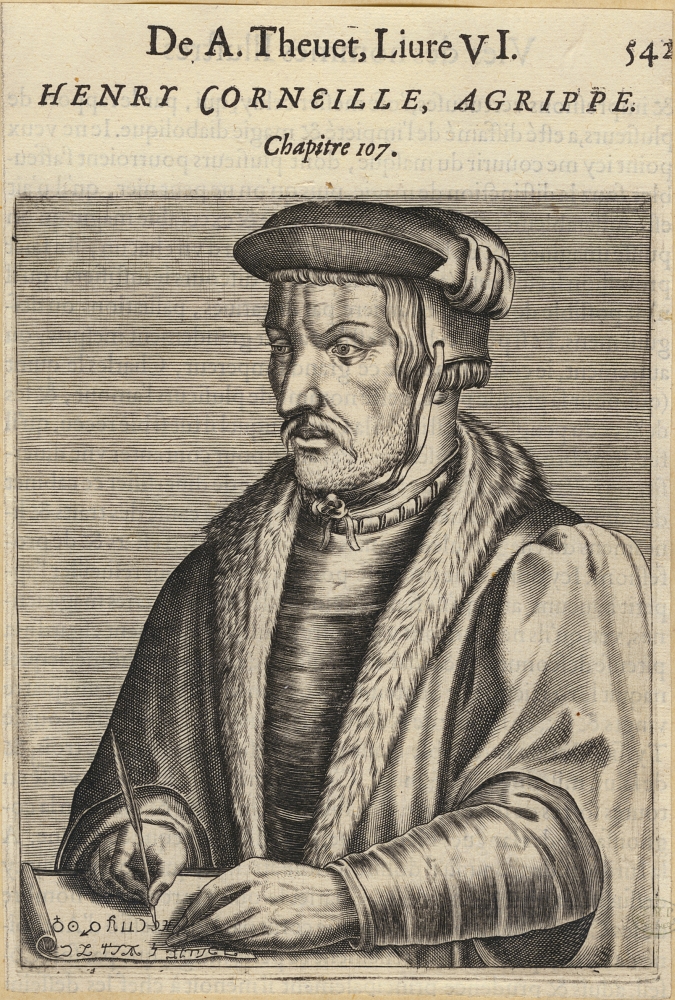
An additional inspiration which I believe has been overlooked are the instructions for a magical ring suspiciously similar to Tolkien’s fictive talisman in one of the most influential books of magic in history; Three Books of Occult Philosophy of Henry Cornelius Agrippa, in a chapter on the things falling under the hierarchy of the Sun. One reason why it has been overlooked is that the widespread translation from Latin into English by the anonymous J.F. in 1651 is fairly bad, and uses antiquated English that is hard for modern readers to penetrate.
First, here is the passage in the popular translation:
“Also the Stone Heliotropion green like the Jasper, or Emrald, beset with red specks, makes a man constant, renowned, and famous, also it conduceth to long life: And the vertue of it indeed is most wonderfull upon the beams of the Sun, which it is said to turn into blood, to appear of the colour of blood, as if the Sun were eclypsed, viz. When it is joyned to the juice of a Hearb of the same name, and be put into a vessell of Water: There is also another vertue of it more wonderfull, and that is upon the eyes of men, whose sight it doth so dim, and dazel, that it doth not suffer him that carries it to see it, & this it doth not do without the help of the Hearb of the same name, which also is called Heliotropium, following the Sun. These vertues doth Albertus Magnus, and William of Paris confirm in their writings.”
A few years ago, my friend Eric Purdue completed a new translation of Agrippa from Latin to remedy the shortcomings of the J.F. translation and document all of its sources. Here is the new, clearer version of the relevant passage:
“Likewise the stone heliotrope, green in the manner of jasper or emerald with starry red drops, makes one constant, glorious and famous, and brings long life. It also has a wonderful virtue that if it is in the Sun’s rays, it is said to change into blood; that is, it appears to be like blood as if the Sun suffered an eclipse—evidently when it is anointed with the juice of the herb of the same name and is placed in a vessel of water filled with water. There is another more wonderful virtue in the eyes of men, which offends the sight and blinds the vision so that it will not permit men to see those who bear it; yet it doesn’t happen without the help of the herb of the same name, which is also called heliotrope, that is, following the Sun. These virtues are confirmed in the writings of Albertus Magnus and William of Auvergne.”
In the new translation of Agrippa, it is far clearer that this recipe for a talisman endows three powers which seldom coincide in any literature; the power of rulership, longevity, and invisibility.
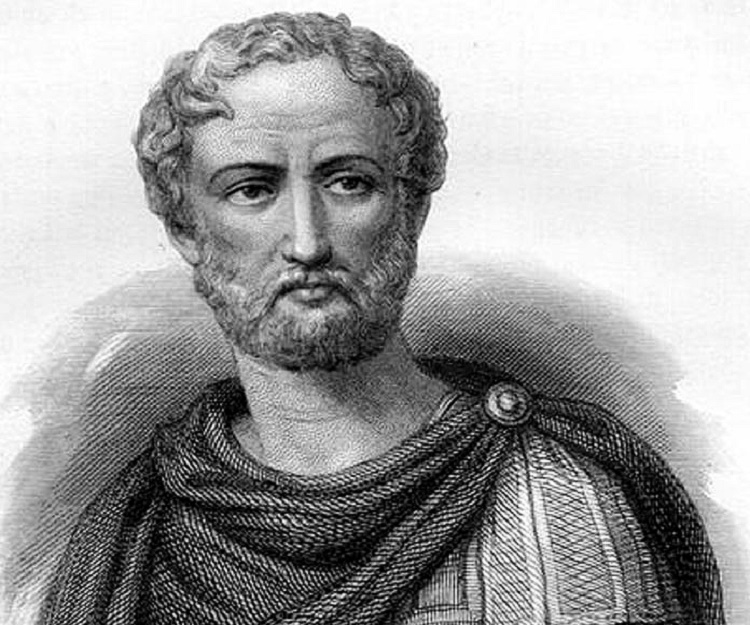
Most of the properties listed originally come from Pliny the Elder’s The Natural History including its pairing with the herb of the same name. The associations with it preserving health and youth come from Damigeron in his De Virtutibus Lapidum. This stone’s power of invisibility is cited later in Boccaccio’s Decameron. It all comes together in Agrippa.
Within the context of Agrippa, it is strongly implied that the gemstone’s power is especially activated if made into an elected astrological talisman. If made into a magical ring, the band would naturally be made of gold; the metal with the greatest sympathy to the Sun.
In spite of featuring a gemstone, this magical ring would otherwise be such a close match for Sauron’s ring that it cannot be a coincidence.
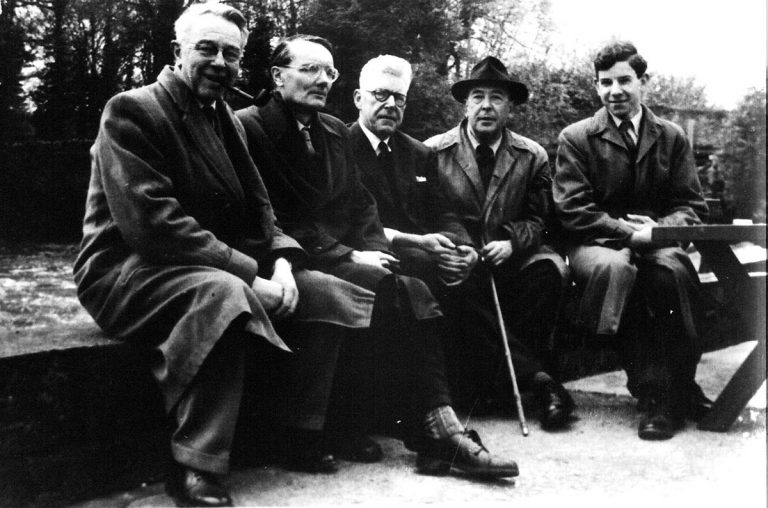
The next question is whether J.R.R. Tolkien would have been familiar with the writings of Cornelius Agrippa. He probably was, but he may not have needed to. He was a member of a prestigious Oxford literary society called the Inklings, devoted to the popularization of fantasy literature. What made this group interesting in our context is that at least three of its prominent members were either practicing magicians or were deeply invested in the literature of Neoplatonic magic. Charles Williams, C.S. Lewis, and Evelyn Underhill would all have been familiar with Agrippa—possibly even the Latin version– and probably would have cited the passage to Tolkien if he had not already found it himself.
Creating Agrippa’s Ring
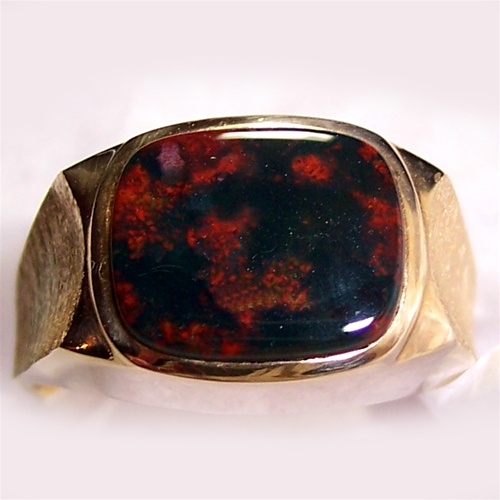
Now that we have established that the Solar talisman in Agrippa is a close match for Sauron’s ring, we have to dig into the details in order to discern how it might be created in real life.
It has been a long-standing fascination of mine to attempt to reconstruct magics from ancient times which have spectacular, even miraculous effects. I believe that there are many reasons why modern magic seldom produces radical transformations and manifestations, like turning lead into gold, flying carpets, monstrous apparitions, and changes of form. Generally, it is because a number of key elements in the practice of magic degenerated or were hastily purged from the practice of magic from the Renaissance on to the Industrial Revolution. One of the most conspicuous deletions was the usage of traditional electional astrology, and another was the emphasis on the occult properties of herbal, mineral and animal materials. This experiment attempts to restore two of these components in a harmonious and highly intriguing way.
Most scholars agree that the stone Agrippa refers to is modern bloodstone. It is a green jasper with red spots that resemble blood. What is more contentious is the herb; there is a variety of flower called heliotrope today, but Claude Lecouteax believes it corresponds to modern chicory in his Lapidary of Sacred Stones—without explaining his rationale in detail. In the Quindecim Stellis, heliotrope flowers are an ingredient in talismans of Procyon while chicory is an ingredient in talismans of Alkaid. They are distinct. This compact grimoire is roughly from the fifteenth century and is probably from England; it precedes Agrippa by at least a generation. It’s not absolutely clear what herb Pliny the Elder meant, but Agrippa probably believed it was modern heliotrope and not chicory.
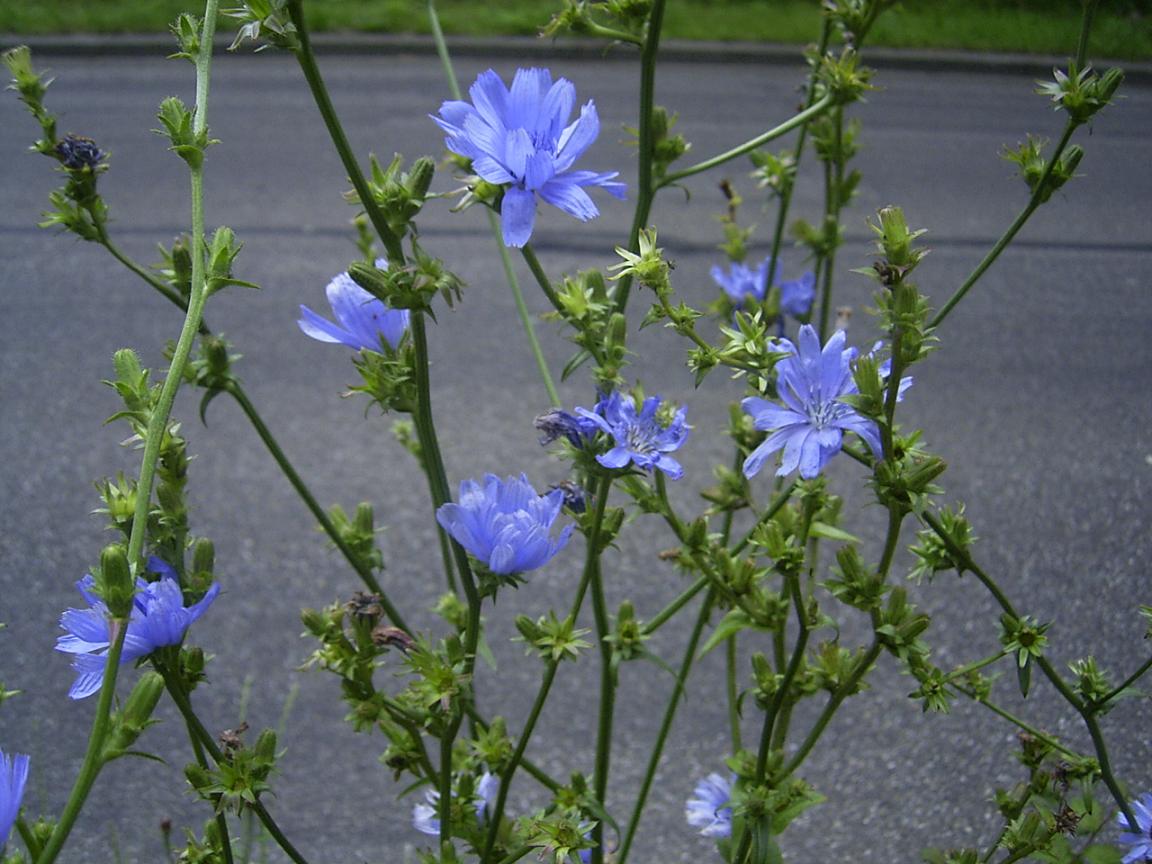
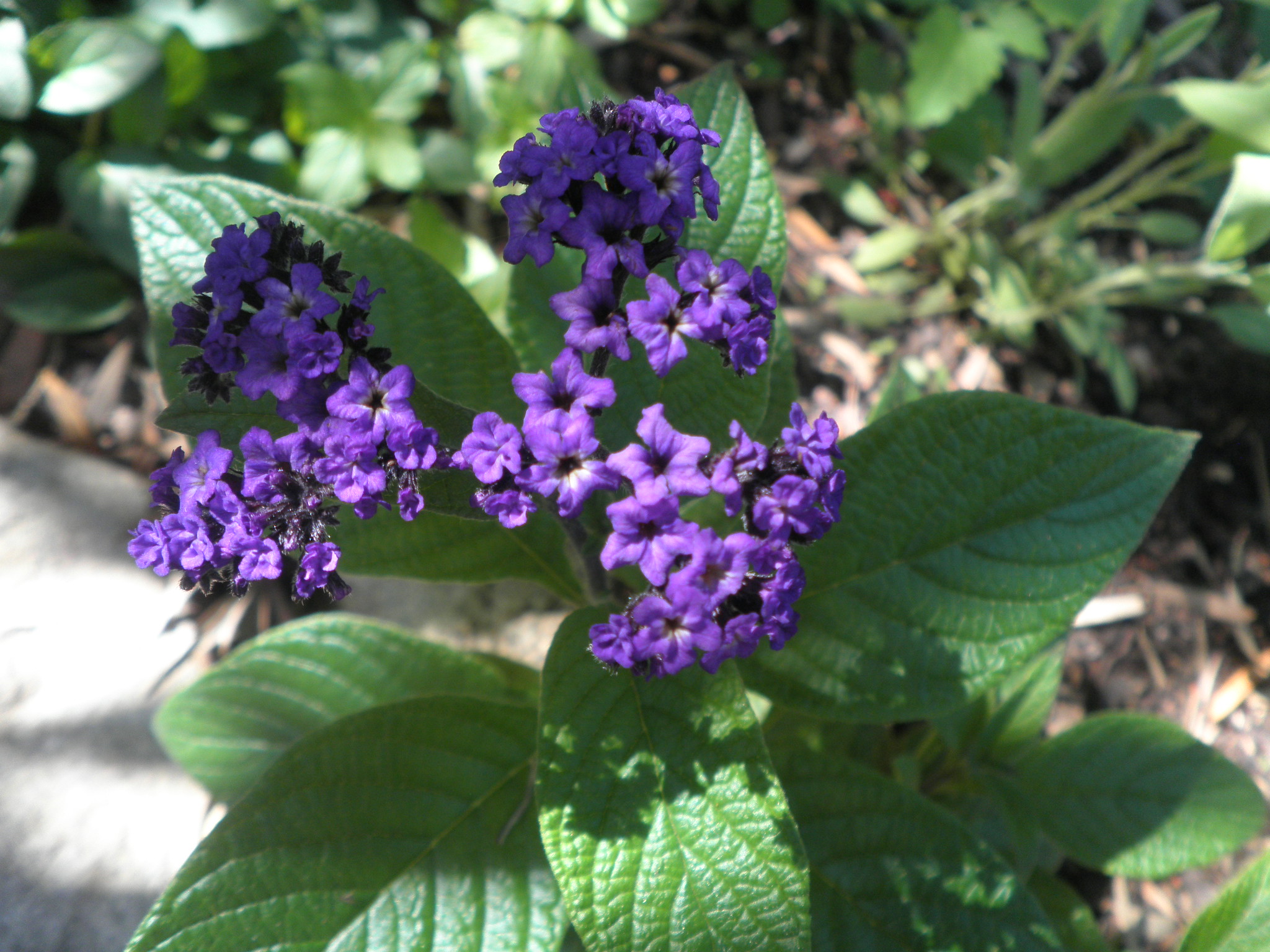
That is fortunate for me, being that I recently grew and harvested a bag full of dried heliotrope flowers for my Procyon rings and had quite a bit left over. When reading this passage in Agrippa a few months ago, I realized that I could easily obtain the materials required for the creation of these talismanic rings, and set forth to seek viable elections. I found two.
First Sun in Aries Talismanic Election

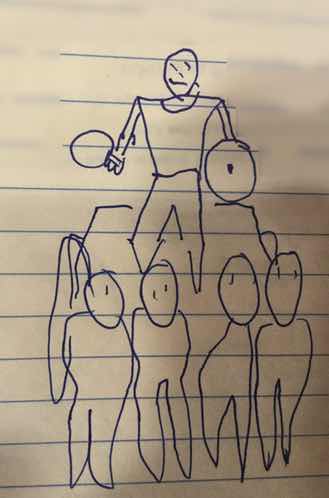
The first election on April 4, 2018 featured the Sun in exaltation in Aries, which is the preferred configuration for fame and elevation into high honors according to Picatrix. There hasn’t been a good one in several years, and I’ve definitely been looking. The Sun was also in triplicity as this was a diurnal election.
The Sun was unafflicted and culminating in his planetary Hour. The Ascendant was Cancer so the Moon served as secondary and tertiary significators. The Moon was slow, but not prohibitively, and applying to a trine of Mercury and a far looser trine with the Sun. The Moon was also in the Fifth House, which is a very favorable House, adding accidental dignity. The Sign of the Moon is her own, so she cannot be cadent and thus render the long term outcome unfortunate.
Four bloodstone rings in gold bands were used, with marjoram and heliotrope flowers glued beneath the cabochon. An ymage of a baron in a chariot drawn by four horses, holding a mirror in the right hand a shield in the left, was selected from Picatrix. The suffumigation was cloves. The smallest ring provided too little surface area for the baronial ymage, so I used the sigils of the Sun, the word “SUN” and the sigil of the Intelligence of the Sun (Nakhiel) above the rest. One was claimed for myself and three are available for friends and clients.
Second Sun in Aries Talismanic Election
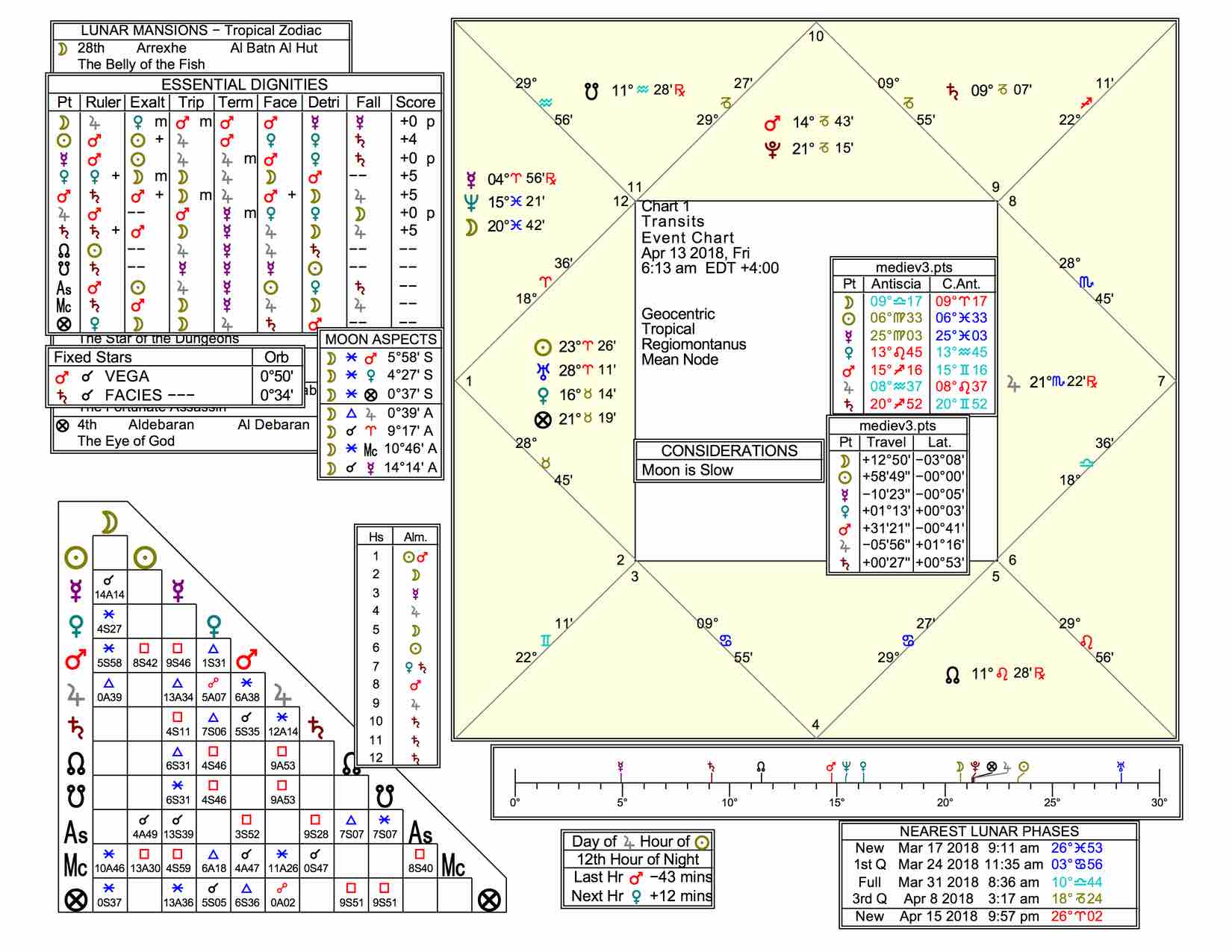
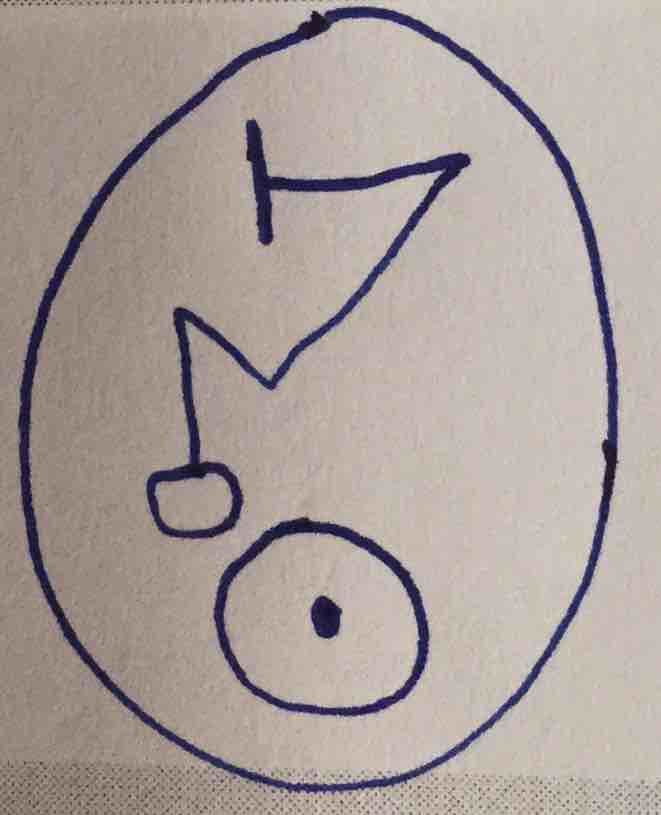
The second election on April 13, 2018 featured the Sun in exaltation again, but Ascending before dawn in the Hour of the Sun. The Sun again was unafflicted. The Moon was slow and cadent, but in a configuration that I call “triumphing” that is the reverse of besiegement by the Malefics. The Moon was separating from a sextile of Venus and applying to a trine of Jupiter, strengthening her greatly. Furthermore, the Moon was in Pisces while applying to perfect a trine with Jupiter. Picatrix says in Book II chapter 3: “Thus when the lord of the Moon’s house regards the Moon by a friendly aspect, even if it is an infortune, it will be favorable for petitions and in all that you wish to do.” Even though Jupiter was Retrograde, this configuration is very favorable. The Ruler of the Moon’s Sign was angular and not cadent, avoiding a bad outcome. Even though the Sun was not in Triplicity, I believe the Moon’s configuration in the second election makes it superior to the first.
It also happened to be my grandmother’s birthday, so I paid homage to her spirit before reciting the abbreviated petition to the Sun and engraving. Four bloodstone in gold rings were used. The suffumigation was ginger, and heliotrope flowers and gum mastic were glued underneath the cabochons. Three out of four bloodstone rings were claimed by myself; one will go to a friend or a client. The inscriptions were those of the Intelligence of the Sun Nakhiel over the common sigil of the Sun.
Three additional Solar talismans were made before the electional window closed; two rings and a loose gemstone cabochon. These will be covered in the next post as their composition is worth discussing separately.
I will also use the opportunity to discuss some additional insights related to the special properties of Solar talismanic elections, which are unique out of all the seven planets.
In Conclusion
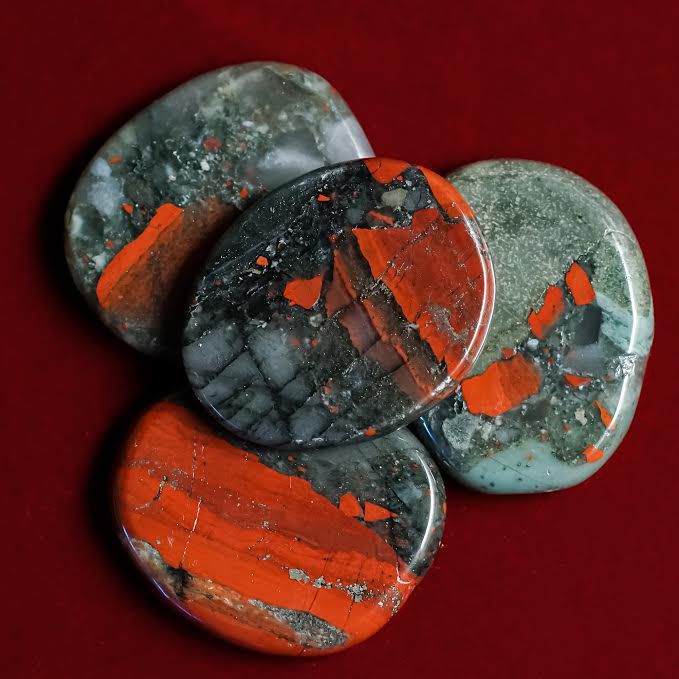
So, at this point you’re probably wondering if I’ve tested out the rings and seen if they work. I have, at least a little. Merely having dried heliotrope flowers under the cabochon doesn’t seem to trigger that effect; chicory juice and rotating the collet have not yet been tested.
What has occurred is that I feel healthier and more vigorous than I have in years, and the analytics show that my online presence is undergoing an incredible spike in attention from all around the world. I don’t have an adequate explanation for it other than the ring.
I aspire to report further developments as my experiences with these talismans unfold in the months and years to come. I am very optimistic.
In the meantime, tune in next week and read about the other set of Solar talismans I created—which I find just as fascinating as these. I hope you will too.
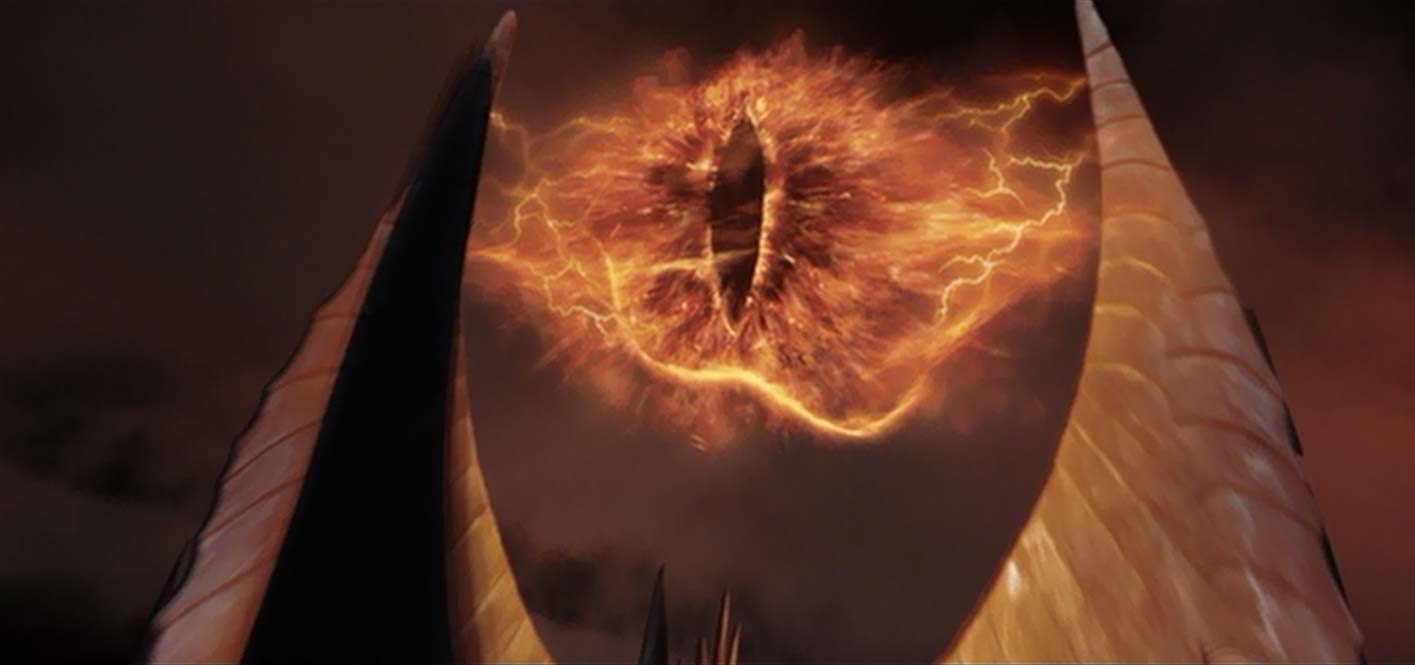
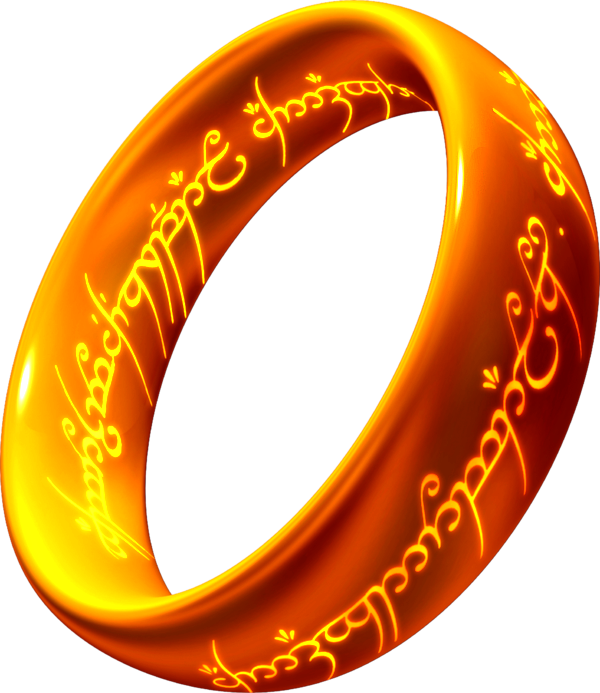
Leave a Reply